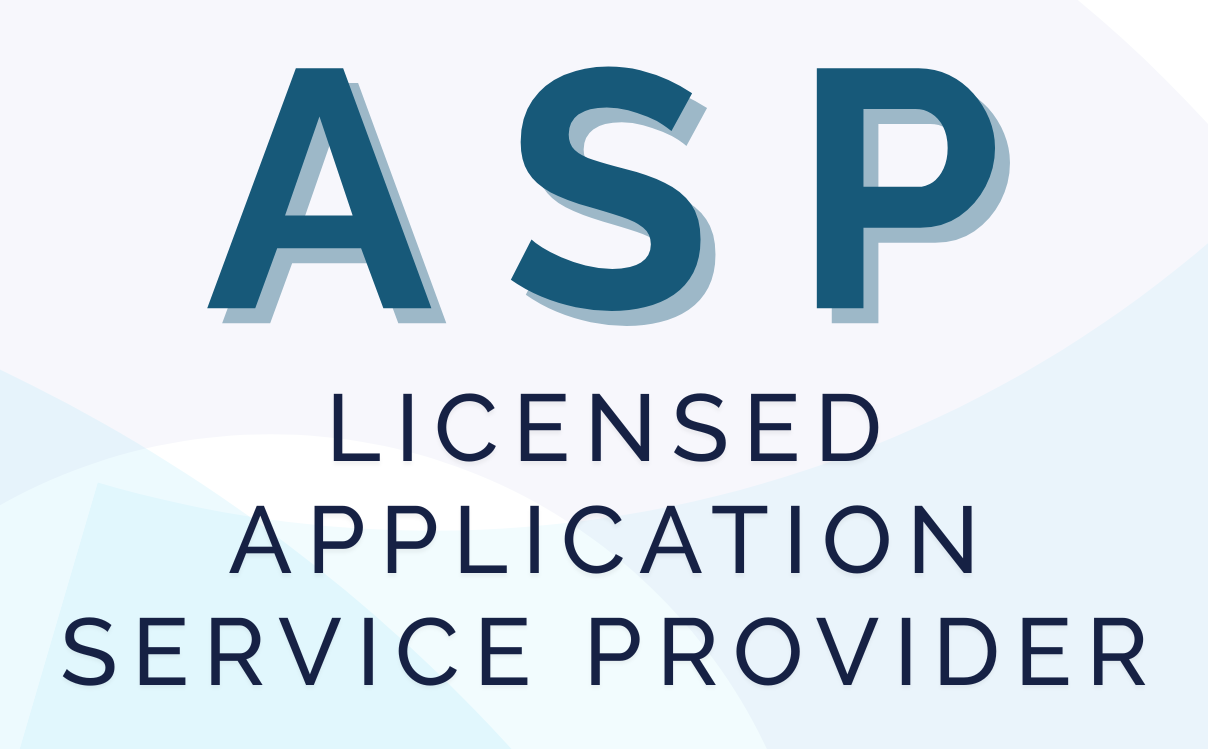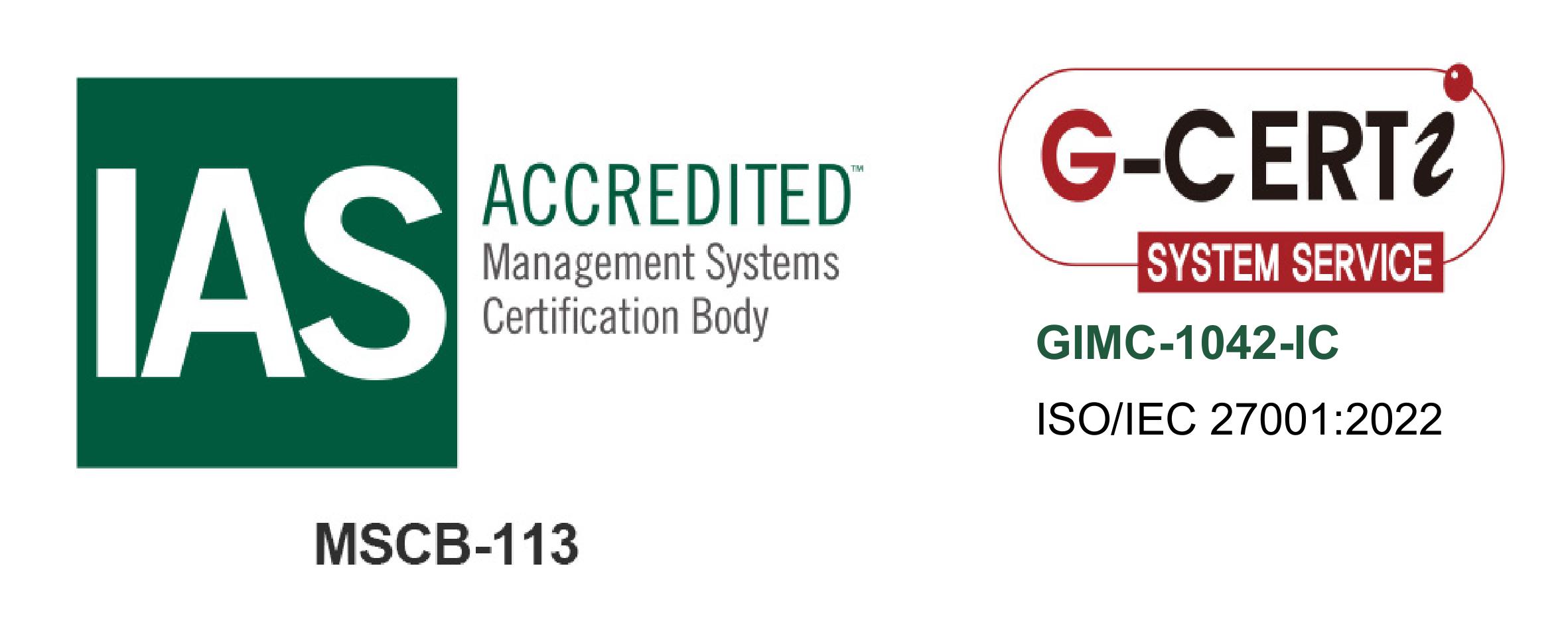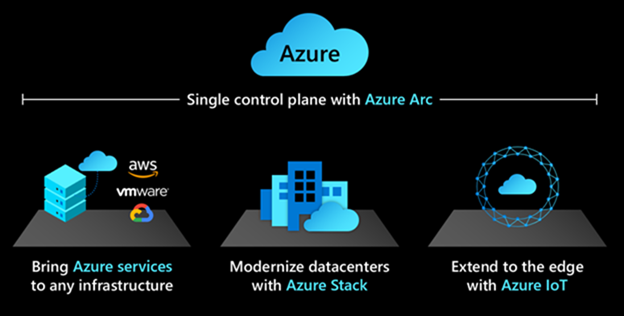CLL Systems Sdn Bhd is a Malaysia Ministry of Finance (MOF) registered company.





As businesses shift priorities to enable remote work, take advantage of cloud innovation, and maximize their existing on-premises investments, relying on an effective multi-cloud, multi-edge hybrid approach is even more important than it has ever been.
Since the beginning, Microsoft Azure has always been hybrid by design, providing customers consistency and flexibility in meeting their business needs and empowering them to invent with purpose. This is one of the many reasons that the world’s leading brands trust their businesses to run on Azure. As we expand our Azure hybrid capabilities, we give customers a holistic and seamless approach to run and manage their apps anywhere across on-premises, multi-cloud, and the edge. Today, we are releasing even more innovation in our Azure hybrid portfolio.

In November 2019, Microsoft launched Azure Arc to give customers the flexibility to innovate anywhere with Azure. Azure Arc does two key things: first, it brings Azure management capabilities to any infrastructure, and second, it enables Azure services to run anywhere. Since its launch, Azure Arc has seen tremendous customer interest and adoption across all industries. Organizations such as Africa’s Talking, Avanade, DexMach, Ferguson, Fujitsu, KPMG, and Siemens Healthineers are already realizing value with Azure Arc. They use Azure Arc to manage and govern their resources more efficiently in distributed environments, and they use Azure Arc to bring Azure data services on-premises.
Today, we are announcing more innovation with Azure Arc:
Today, we’re launching new Azure Stack capabilities to help customers modernize their datacenters:
Many customers want the ability to seamlessly integrate their existing VMware environments with Azure. Today, we are announcing Azure VMware Solution is now generally available. Designed, built, and supported by Microsoft, Azure VMware Solution is cloud verified by VMware and enables customers to migrate VMware workloads to the cloud with minimal complexity. The Azure service includes the latest VMware Cloud Foundation components such as vSphere, NSX-T, HCX, and vSan, and integrates with a rich set of partner solutions, so customers can continue to use existing tools and skills. In addition, with our licensing offering Azure Hybrid Benefit, Azure is the most cost-effective cloud to migrate your Windows Server and SQL workloads to, whether they run on VMware or elsewhere.
Organizations are extending compute and AI to the edge of their network to unlock new business scenarios. Imagine that a retail store always stocks the right products at the right places, a hospital extends patient care to the most remote areas in the world, or a factory optimizes its performance level against capacity in real time. It’s what we call the intelligent edge. Azure offers a comprehensive portfolio of cloud services and edge device support to help customers realize these new use-cases.
Today, we are releasing new edge capabilities:
We look forward to sharing even more updates on our innovation in multi-cloud, multi-edge hybrid!
To learn more about Microsoft Azure hybrid offerings, contact us
CLL Systems Sdn Bhd is a Malaysia Ministry of Finance (MOF) registered company.




© 2016-2025 CLL Systems Sdn Bhd. All Rights Reserved Privacy Policy